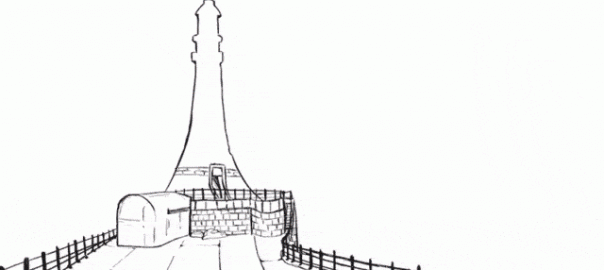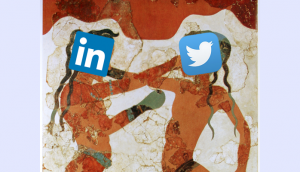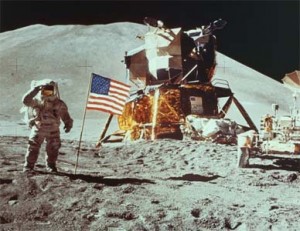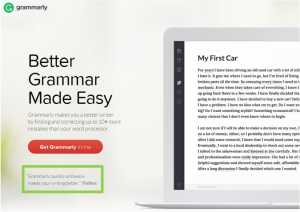Animation is a technique used to manipulate pictures into moving images. Drawn by hand or created on a computer, there are several types of animation, which have developed over time.
History of Animation
Animation dates as far back as the 1800s, with toys such as the Zoetrope and flipbooks. However, they didn’t create much scope for a story and certainly didn’t entertain for more than a few minutes. As the popularity of toys like this grew, so did the need for a new, robust method of animated entertainment.
Fast forward to the year 1906 and you will discover the first-ever animation, printed on motion-picture film; Humorous Phases of Funny Faces (1906). Although groundbreaking at the time, animation has come a long way in the past 100 years. From Steamboat Willie (1928), the first Disney film; Snow White and the Seven Dwarfs (1937), through to successful modern franchises such as Toy Story and Frozen.
Over the years animation has evolved, and now we’re spoilt for choice with an array of animation techniques and styles.
Types of Animation
2D Animation
2D animation is two-dimensional (height and width). Like other types of animation, there are different forms of 2D animation, however, they all have one thing in common. Characters, text, objects and backgrounds in this kind of project are all two-dimensional. A 2D animation is usually drawn, either by hand or on a computer.
3D Animation
3D animation or CGI (Computer Generated Imagery) as it is sometimes referred to, adds an extra dimension to an animation project (height, width and depth). Created using professional software and cutting-edge computer processing power, 3D animation can bring a product or process to life.
Unlike other animation methods, 3D animation isn’t hand-drawn but instead modeled to create an extremely realistic image. Offering a diverse range of possibilities, 3D animation can be used for anything and everything.
Hand-drawn Animation
Think Tom and Jerry, Winnie the Pooh and Micky Mouse. Hand-drawn animation, also known as traditional animation is the classic style that comes into most people’s mind when they think of animation. It’s an animation technique where each frame is drawn by hand, over and over again to create the final animation.
Although time-consuming, hand-drawn animation is best suited to storytelling, due to its versatile nature and ability to add a warm, characterful and nostalgic feel to a project.
This type of animation is slowly built up over several layers.
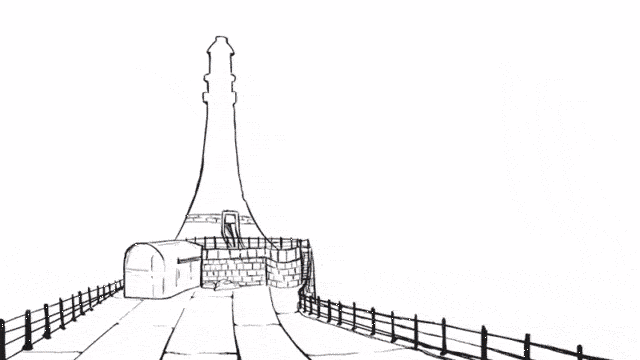
Creating animation in this way enables you to get a good understanding of the style and art direction at an early stage in the project.
Digital 2D Animation
Relying heavily on computer software such as ‘After Effects’, digital character animation is the creation of 2D characters on a computer. It gives life to fictional characters, adding a personal element to stories.
With simple shapes, characters and colour palettes, this style is perfect for use online and can easily be adapted into short-form content, such as gifs for social media.
Digital character animation is quick, flexible and effective. It enables you to create a fully customisable character that can be used to do anything or represent anyone.
For example, a character that reflects your customer can be developed to make your promotional video relatable. Digital character animation could also be used to showcase the perfect employee or bring life to characters in a fictional story, perhaps adding superhuman characteristics that wouldn’t work in a video.
Being considerably quicker to produce than the likes of 3D or hand-drawn characters, digital character animation can be extremely cost-effective.
Infographics
Simply put, infographics condense all the relevant information into a concise blend of text and image. From large corporate businesses to small start-ups, infographics are used by many organisations to communicate their message in a simple and digestible format. Infographics are often colourful and vibrant, incorporating stats and graphics to grab the attention of the viewer from the get-go. They can be animated or static, but both use creative and unique ways to display information.
Disregarding ambiguity in favour of directness, infographics allow people to grasp the fundamentals of a concept without all the unnecessary jargon and complex terminology.
A key benefit of infographics is their shareability. By using an embed code, users can share your content, which will link back to your website, expanding your brand’s reach!
Essentially, the effectiveness of infographics is attributed to its simplicity.
Kinetic Typography
Built using the kinetic movement of text, Kinetic typography is a technique which uses motion to evoke or convey an idea or emotion.
Through the movement or building of any kind of text, such as words moving together in different positions to build a bigger picture, a single word or phrase emphasised by animation or even a simple morph, rotation, grow or shrink of words, a text-heavy point can be brought to life.
The potential uses of typography animations are endless.
Motion Graphics
Essentially, motion graphic is animated graphic design, with text as a major component. Adding depth to a story or message, motion graphics combined with effective copy and the right music can be extremely engaging. Although visually similar to digital 2D animation, motion graphics are more likely to include the movement of shapes and objects.
This style of animation offers versatility and flexibility, working with other animation techniques. For example, it can be used to highlight an important message within an infographic, or to breath life into a logo helping your business stand out!
Screen Capture Animation
As products are increasingly moving towards a digital format, it’s essential that users have the know-how to navigate a website or piece of software. That’s where screen capture animation comes in. Think a screen recording but more engaging. You can highlight important features, talk your audience through a process with professional voice over and add an additional layer of animation.
Summary
- Animation is extremely versatile. If you can think it, someone can create it.
- Cost-effective. Each animation project can be adapted to suit budgets and requirements.
- Universal. Animation removes language barriers, making it a great option for international businesses.
- No need for filming. We can create your animation in-house, with no need to spend days filming.
Digital & Social Articles on Business 2 Community
(83)
Report Post